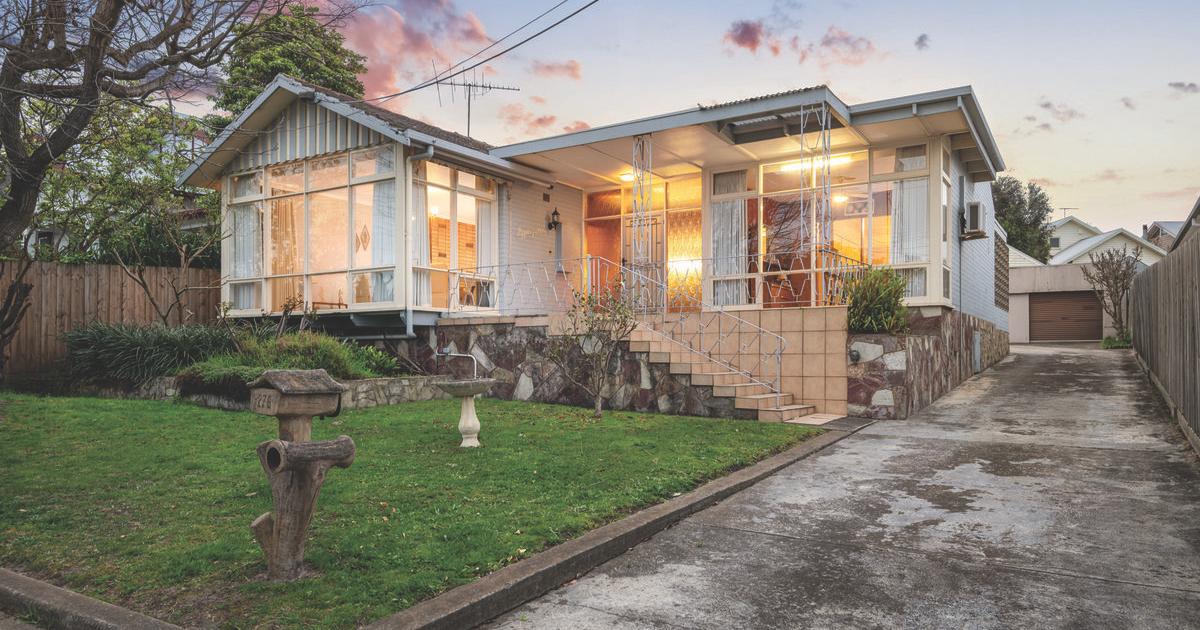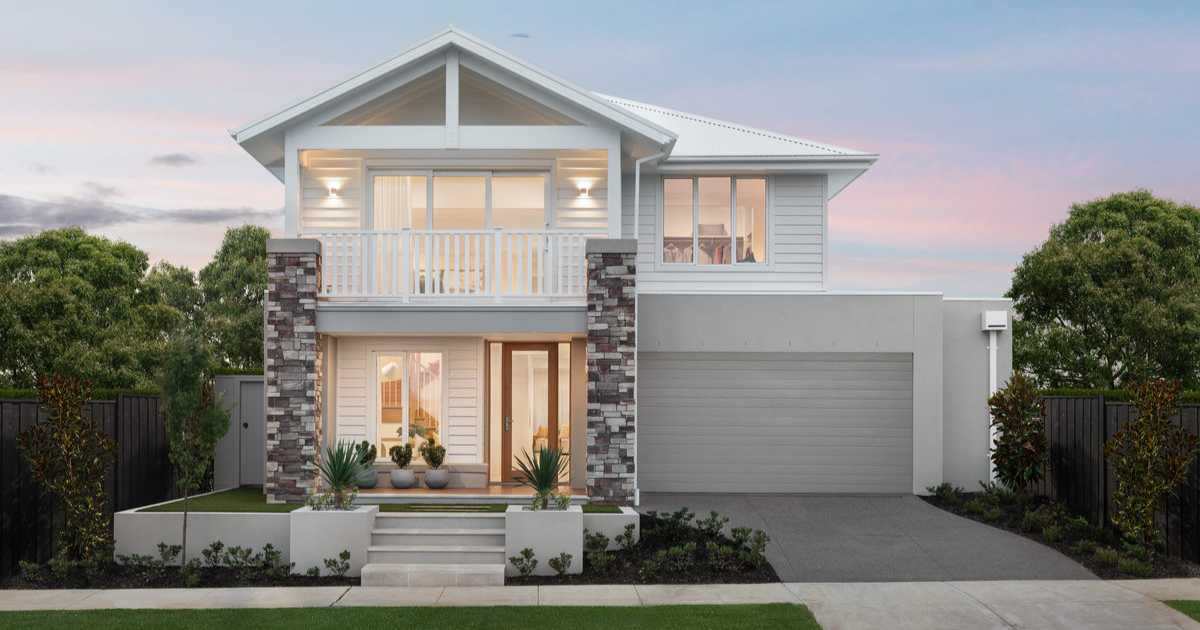Industry concerned about RBA going too far too soon

70 Point Boulevard boasts multiple living areas and outdoor entertaining space for flexible, relaxed living that makes for an easy place to unwind by the coast
The Reserve Bank’s manipulation of the economy seems to be working as their consecutive interest rate rises take the heat out of the property market.
New home sales are taking a hit according to the Housing Industry Association’s (HIA) most recent data, a trend that has the industry on edge and urging the RBA not to overstep the mark.
The HIA New Home Sales report – a monthly survey of the largest volume home builders in the five largest states – shows that July and August represent the weakest pair of months for new home sales since the lockdowns in 2021.
HIA Economist Tom Devitt said that new home sales fell by 1.6 per cent in August after the 13.1 per cent decline seen in July.
“Sales of new homes over the past two months are reflective of a slowing in the market as the impact of the rise in the cash rate hits households,,” Mr Devitt said.
“This rise in borrowing costs compounds the impact of the rise in the cost of construction.

“The full impact of recent and future rate increases will continue to flow through as an adverse impact on the sale of new homes in coming months.”
The notes that there remains a significant volume of work under construction and approved-but-not-yet-commenced that will provide a buffer for the industry and ensure building activity and demand for skilled trades remains exceptionally strong through the rest of 2022 and into 2023.
Mr Devitt said that the concern remains that that the adverse impact of rising rates on the wider economy will be obscured by this volume of ongoing work and that the RBA goes too far, too soon.
Victoria drove the declines in sales in August, down by 15.2 per cent, followed by Queensland (-1.8 per cent).
The other states saw Increases, including South Australia (+18.2 per cent), New South Wales (+14.2 per cent) and Western Australia (+7.5 per cent).
The RBA Board has again reiterated that it is committed to returning inflation to the 2–3 per cent range over time and is seeking to do this while keeping the economy on an even keel.
The RBA cites its firm response in regard to rate rises is based on multiple factors including that the outlook for global economic growth has deteriorated due to pressures on real incomes from high inflation, the tightening of monetary policy in most countries, Russia’s invasion of Ukraine, and the COVID containment measures and other policy challenges in China.

















